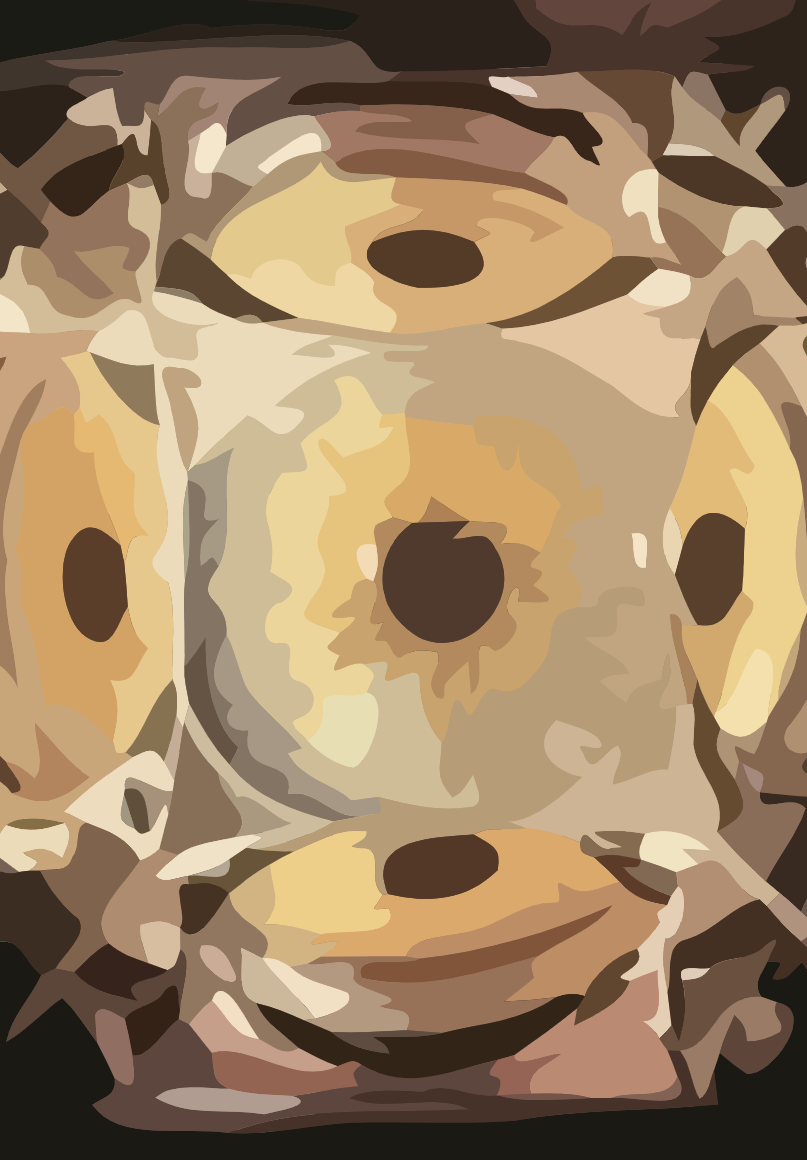New Procedures
Doing new procedures is fun. I had observed this one many times, either watching through the assistant arm of the microscope, or looking at the screen in theatre...

Clare Quigley
Published: Wednesday, June 30, 2021

Doing new procedures is fun. I had observed this one many times, either watching through the assistant arm of the microscope, or looking at the screen in theatre...

Published: Wednesday, June 30, 2021
